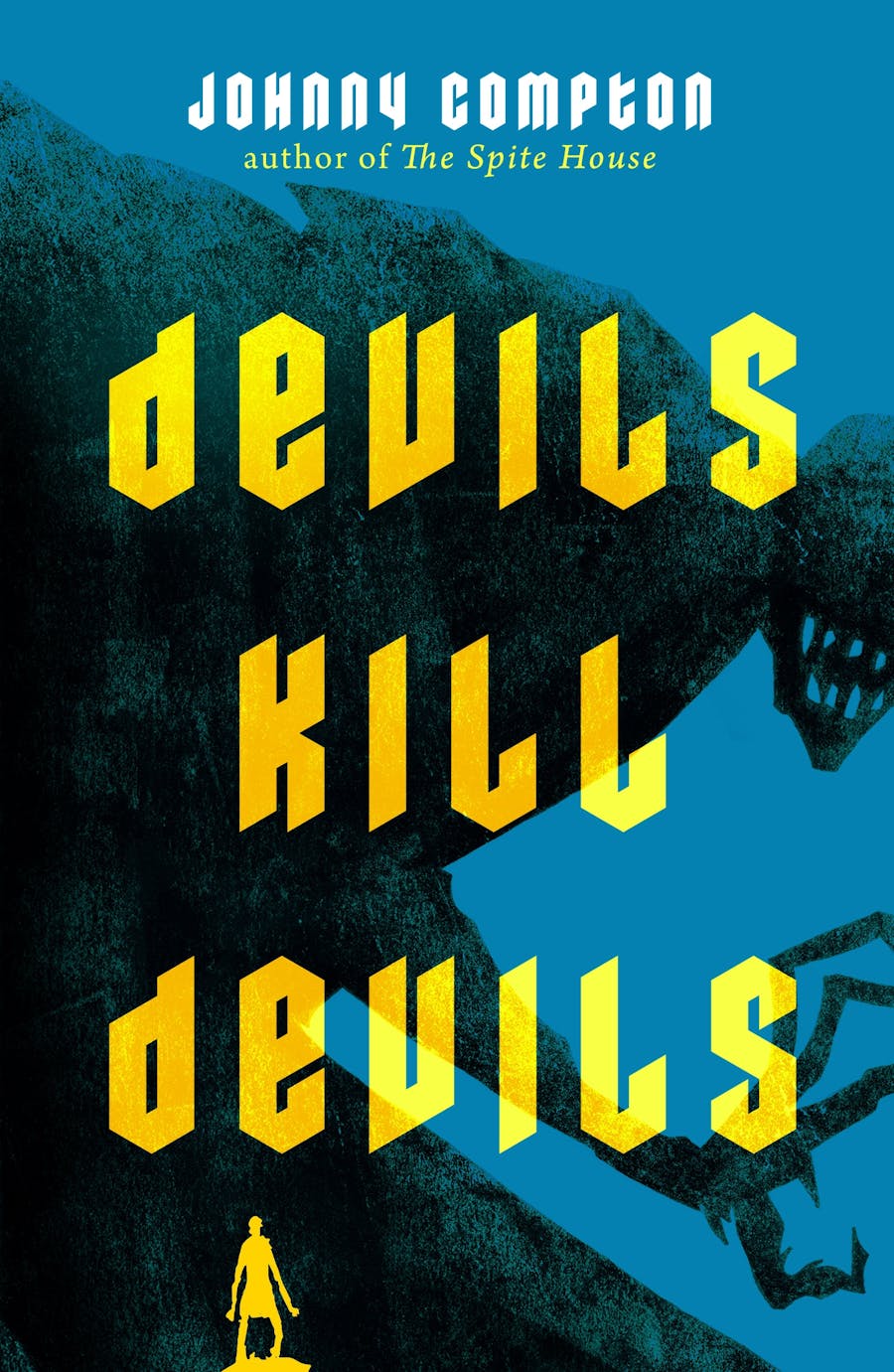This month, my class and I set out on a journey of discovery. We’ll be investigating history’s worst diseases – viruses, plague, pandemics, mere outbreaks… the lot of them. We began as all March competitions begin – with a bracket:

We spent the first day discussing metrics by which we compare things that appear in many ways to be dissimilar from one another – apples and oranges, so to speak. How does one compare Plague to SARS? Malaria to the Plague of Athens? Well, the students generated a list, and we’ll be using that, wherever the data is available (which will curtail our comparisons severely in several cases). The items on our metrics list won’t carry equal weight, and we’ll do the best with what we collect to make as thorough and consistent comparisons as we’re able.
Here’s our list of metrics:
- severity of symptoms
- infection zone (sq. miles)
- origin story
- mutation rate (speed of mutation)
- duration of increasing activity
- duration of peak impact
- drug and environmental resistance
- mortality by volume
- mortality in terms of percentage of infected who die
- mortality as a % of overall population
- effects on society in which the outbreak occurs
- infectivity method and ease/difficulty of transmission
- infectivity in terms of % of population that are infected.
Students will be assigned to research teams in charge of finding as much in these terms as they are able of a disease or pair of diseases, and then the class as a whole will hear a short presentation by our in-house expert student researchers before straw polling as a group. They’ll be allowed to defend their choices and try convincing others, and then we’ll take a vote to determine which among the pairs moves on to more advanced brackets.
At each step, we’re working hard to counterbalance the unavoidable trivialization that follows from dealing with severe and society-wrecking diseases in terms of a competition bracket. We’ll read individual accounts. We’re not joking about the consequences of the diseases but instead are taking these things quite seriously, despite the setup. I’m viewing the bracket as a way of giving a context to the compare-and-contrast skills I wanted to teach this month while using the content that my team has been discussing (and for which I’ve been preparing) for the last six months. The students, though, are bought in. They saw the bracket and were tuned in much more than they would have been if I would have said what I originally had planned to say (up until two days before beginning the unit, in fact) and just left it at that: “We’re going to compare some of history’s worst diseases.” There’s no why for the students without an additional context that a game provides. (For more on this, see my other entries about adding game-derived or game-inspired elements to the classroom.)
The students have also listened to the influenza episode (the first episode) of This Podcast Will Kill You, and we’ve built a glossary of important epidemiological terms that will inform our discussions when the research teams are set to their tasks. Here are the terms for which students are developing a glossary (informed largely by National Geographic encyclopedia entries, the CDC glossary, and the WHO website (e.g. “pandemic” article).
The terms we are defining in our classroom for the student glossaries include about 30 key terms, starting with epidemiology and running through inoculation vs. vaccination and zoonotic disease all the way to virulence and herd immunity. These students now have a reason (however shallow the reason may appear to be) to learn this content – and about the Antonine and Justinian epidemics, as well. They’re into it!
Have you ever taught epidemiology or about the history of epidemics in any measure to your middle school or high school students? What do you think of the approach described here? As always, I’m open to hearing any and all suggestions my fellow educators might have




Leave a comment